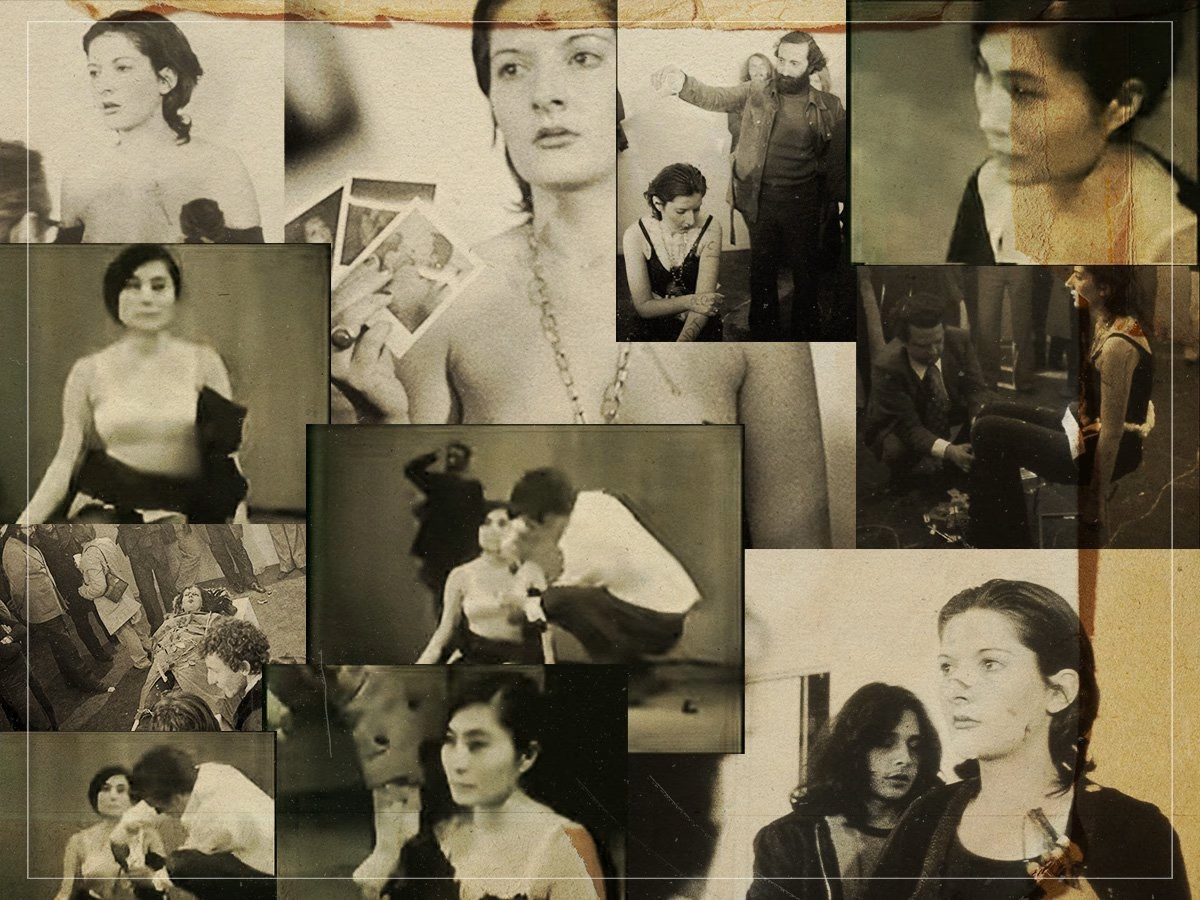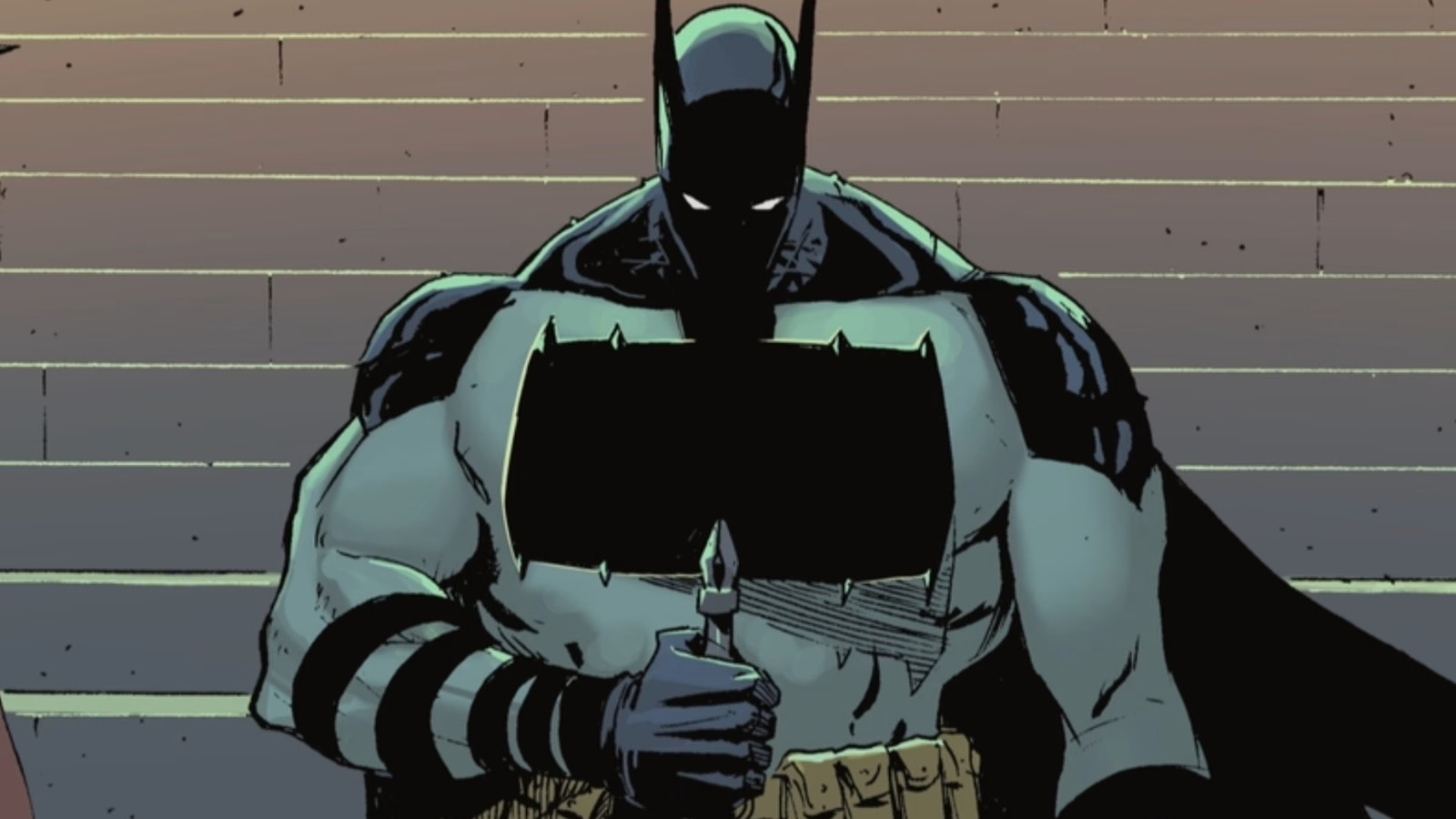Unchecked Human Behavior: What Happens When Boundaries Disappear?
What would happen if people were given complete freedom to act without consequences? This question looms large in the works of performance artists Marina Abramović and Yoko Ono, whose striking pieces delve into the darker aspects of human nature.
In 1974, Marina Abramović presented Rhythm 0, an intense exploration of trust and vulnerability. For six hours, she stood motionless in a gallery in Naples, surrounded by a table filled with various items—a rose, a scalpel, a gun, and more. The audience was invited to use these objects on her as they wished, and she made it clear that she accepted full responsibility for their actions.
Initially, the audience approached her gently, but as time went on, the atmosphere shifted dramatically. Participants began to escalate their actions, leading to moments of violence and violation. By the end of the performance, Abramović was physically harmed, having endured assaults and threats, including a moment when a man pointed a loaded gun at her head. The performance concluded when others intervened, realizing the situation had gone too far.
A decade earlier, Yoko Ono staged Cut Piece in Kyoto, Japan. In this performance, Ono sat silently on stage, inviting audience members to cut away pieces of her clothing with scissors. The intention behind the work stemmed from a Buddhist philosophy of selflessness, yet it quickly unfolded into a disturbing demonstration of human behavior. In a later performance at Carnegie Hall, the audience’s actions took a turn for the worse, culminating in one man cutting off her bra while joking about it. This moment shifted the nature of the performance into something unsettling, leading critics to describe it as bordering on violation.
While both artists engaged willingly with their audiences, their experiences highlight the unsettling reality of unchecked male aggression. In Ono’s interpretation, Cut Piece serves as a commentary on ego and the treatment of women, whereas Abramović’s Rhythm 0 remains a harrowing reflection of trauma.
Reflecting on her experience, Abramović remarked, “What I learned was that … if you leave it up to the audience, they can kill you.” Even years later, she carries the scars—both physical and emotional—from that performance. In contrast, Ono seeks to convey a message of giving, though interpretations of her work often emphasize the vulnerability of women in society.
Ultimately, both performances challenge us to confront our understanding of consent and the potential for violence inherent in human behavior, revealing the troubling dynamics that emerge when boundaries are erased.













